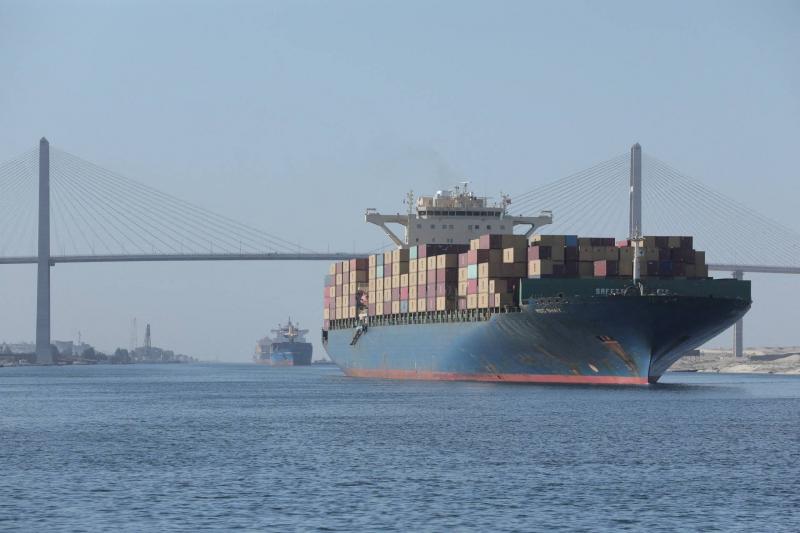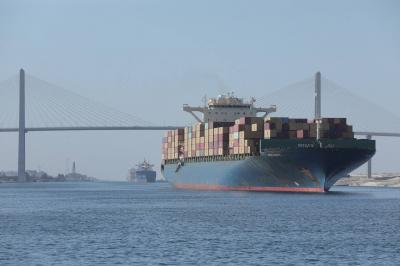Analysts stated today, Friday, that "more grain-laden ships have been diverted from the Suez Canal to routes around the Cape of Good Hope this week, as attacks on ships in the Red Sea persist." Ishan Bhanu, the chief agricultural commodities analyst at Kepler data and analytics firm, noted, "Our calculations indicate that 12 more ships carrying approximately 700,000 metric tons of grain were diverted away from the Red Sea this week." He added, "Shipments ranging from 4.5 to 4.6 million tons of grain have avoided the Red Sea since December. We have also seen more wheat being shipped from France and the Black Sea to Asia away from the Red Sea."
However, many liquid bulk carriers are still transporting grain through the region. Bhanu stated, "Many ships leaving the Black Sea still take the Red Sea route... changing routes is more expensive for these ships compared to those sailing from Europe or the United States." Typically, around seven million metric tons of grain shipments pass through the Suez Canal to the Red Sea each month, but this figure has significantly decreased as Iranian-aligned Houthis continue to launch attacks on vessels, despite U.S.-led airstrikes on their positions in Yemen.
Commodity traders pointed out that booking ships to sail in the Red Sea has become more challenging but not impossible. One European grain trader involved in booking ships for grain exports to Asia remarked, "It's difficult, but you can still find ships... Shipping costs have risen, and not everyone wants to sail through the Red Sea even with a premium, but some will do it."
A German shipping analyst explained that "some shipowners already operating in war-torn Ukraine are more willing to take the risks of crossing the Red Sea." He added, "Some ships carrying Ukrainian grain exports to Asia still cross the Red Sea... they are already prepared to accept the high risks faced by their vessels and crews during loading in Ukraine."




